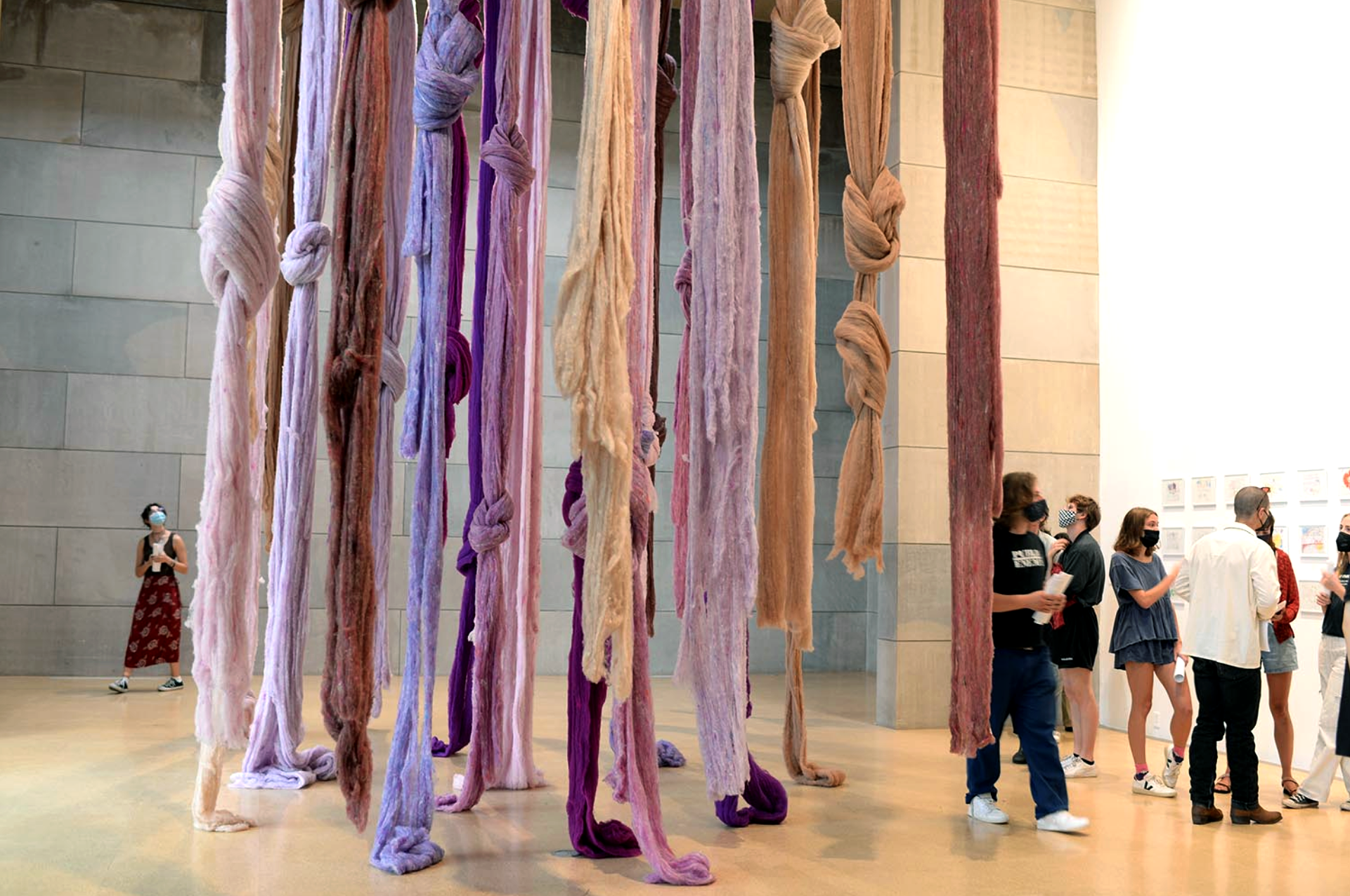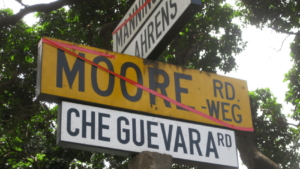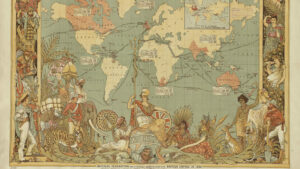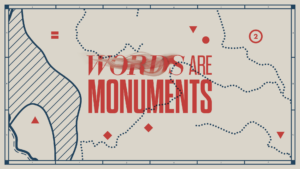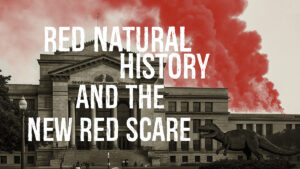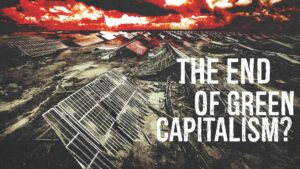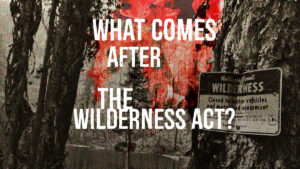The Language in Common group exhibition presents artistic practices that site language in the space between poetry, visual art, and their performance. Moving beyond the spectacle of the origination of poetry or art, this project seeks to allow memory as a creative act in the process of making experience common, of making space for a new imaginary. The exhibition will bring together five artists whose work engages with politics on the periphery of hegemony, including Cecilia Vicuña (b.1948, Chile), Tanya Lukin Linklater (b.1976, Alutiiq), Julien Creuzet (b.1986, France), Jasper Marsalis (b.1995, U.S.), and Alice Notley (b.1945, U.S.). Featuring works encompassing installation, sculpture, video, drawing, poetry, and performance, as well as newly-commissioned works developed in response to the exhibition, The Language in Common aims towards what the poet Alice Notley calls “the language that holds all being together.”
The title comes from an essay written by Steve Lyons and Jason Jones of Not An Alternative (the nonprofit collective that runs The Natural History Museum), published by e-flux journal in 2020. “Their essay lays out the possibilities for establishing commonalities on the political left and argue for the existence of a space, imagined or real, outside the demands of capitalism. The authors locate that space as already existing within Indigeneity and propose that through the ‘language in common’ it is accessible to all,” Benjamin Chaffee, curator of the exhibition and associate director of visual arts, said in his opening remarks.
The seeds for the exhibit were planted several years ago when Danielle Vogel, assistant professor of English, Creative Writing, approached Chaffee about inviting Vicuña to install one of her quipus at Wesleyan. The quipu is an indigenous Andean form of communication made of series of knots tied in string used as a three-dimensional representation of written language. Chaffee loved the idea.
“In thinking about building a show around Vicuña’s work, we wanted to place her alongside other artists working between poetry and art. By focusing on these formal connections we hoped the show would highlight how artists who may share a similar ‘poethics’ can work with very different materials,” Chaffee said. (Steve Scarpa, ‘The Wesleyan Connection’)

